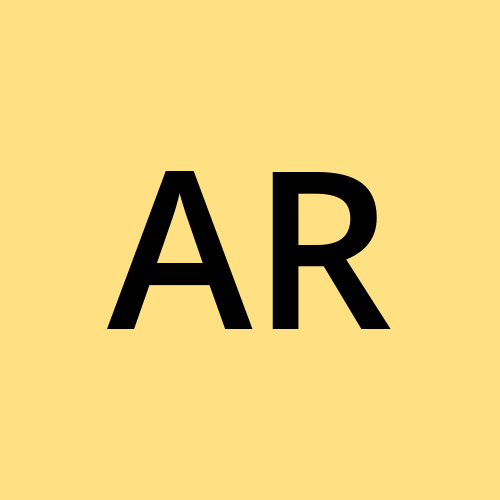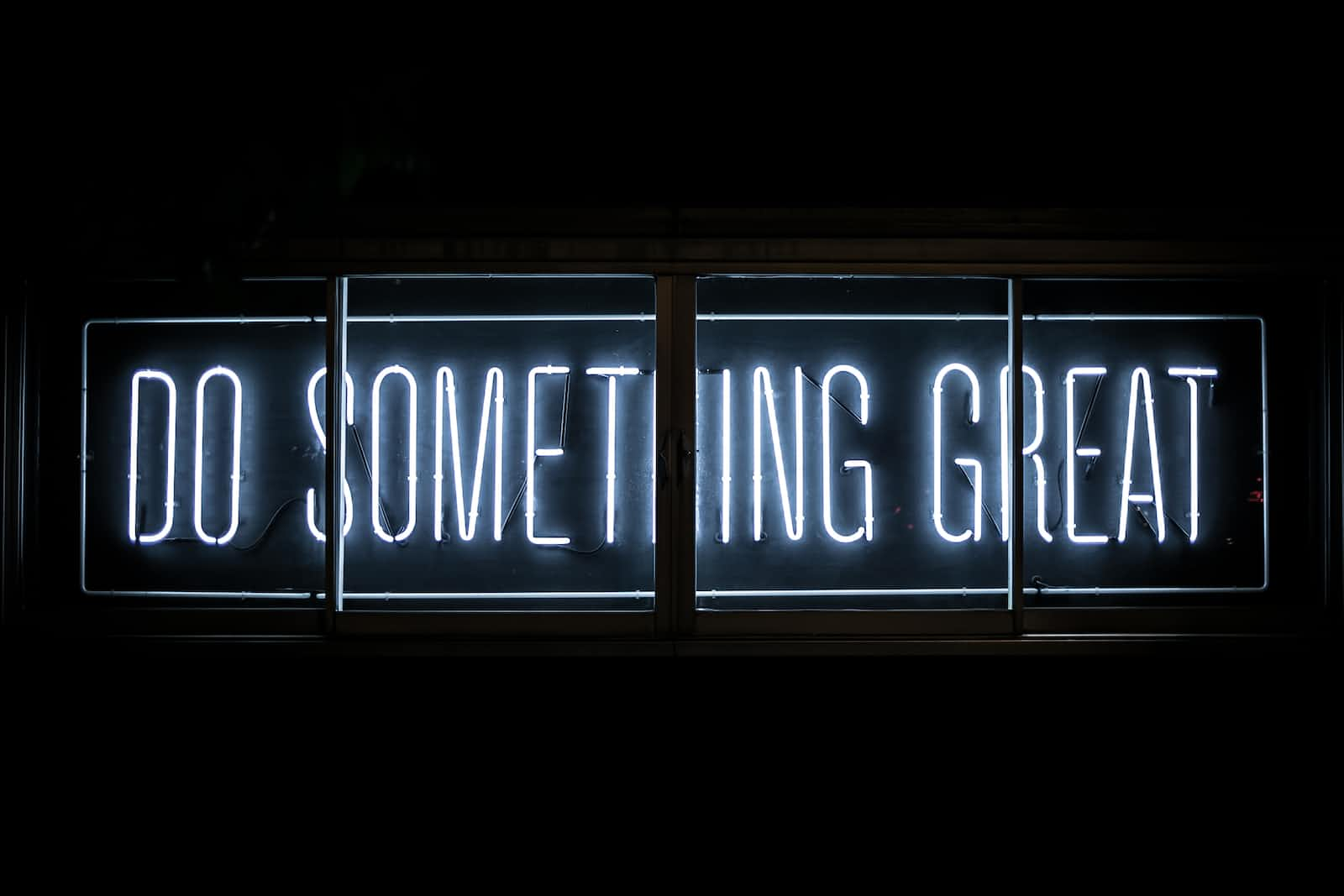"The Ultimate Beginner's Guide to HTML and CSS"
 Arshad Rais
Arshad Rais
"Welcome to our first blog post on web development! Today, we're going to dive into the basics of HTML and CSS, the building blocks of every website. By the end of this blog post, you'll have a solid understanding of how to create a simple webpage and be ready to take the next step in your web development journey.
Let's start with the basic structure of an HTML document:
<!DOCTYPE html>
<html>
<head>
<title>My first webpage</title>
</head>
<body>
<h1>Welcome to my webpage</h1>
<p>This is a simple webpage created using HTML and CSS.</p>
</body>
</html>
<!DOCTYPE>: This tag tells the browser that the document is an HTML document.
<!DOCTYPE html>
<html>: This is the root tag of an HTML document. All other HTML tags are nested inside this tag.
<html>
...
</html>
<head>: This tag contains information about the webpage, such as the title that appears in the browser tab.
<head>
<title>My first webpage</title>
</head>
<title>: This tag sets the title of the webpage.
<title>My first webpage</title>
<body>: This tag is where you'll put the content of the webpage, such as headings, paragraphs, and images.
<body>
<h1>Welcome to my webpage</h1>
<p>This is a simple webpage created using HTML and CSS.</p>
</body>
<h1>: This tag is used for headings.
<h1>Welcome to my webpage</h1>
<p>: This tag is used for paragraphs.
<p>This is a simple webpage created using HTML and CSS.</p>
In the above example, we've used only a few basic tags to create a simple webpage. There are many other tags available in HTML such as <div>, <span>, <img>, <a>, etc. that can be used to create more complex webpages.
Now let's move on to CSS. CSS stands for Cascading Style Sheets and it's used to control the layout and design of a webpage. It allows you to control things like font size, color, and spacing.
Here's a simple example of how to use CSS to style the above HTML:
<style>
h1{
color: blue;
}
p{
font-size: 16px;
}
</style>
In the above example, we used CSS to change the text color of the <h1> to blue and the font size of the <p> to 16px.
That's it for this blog post! We hope you've learned something new about HTML and CSS. To practice and learn more, you can try creating your own webpage and experimenting with different tags and styles. Happy coding!"
You can use the code snippet as a reference and experiment with different tags and styles to create a webpage of your own.
Subscribe to my newsletter
Read articles from Arshad Rais directly inside your inbox. Subscribe to the newsletter, and don't miss out.
Written by

Arshad Rais
Arshad Rais
"Welcome to my world of web development! My name is ARSHAD RAIS and I am thrilled to embark on this journey of sharing my experiences and learning about the MERN stack - MongoDB, Express.js, React.js, and Node.js. As a curious learner and an aspiring developer, I have always been fascinated by the power of the web and the endless possibilities it offers. I have decided to dive into the world of web development and have been dedicating my time to learning and experimenting with the MERN stack. I believe that web development is a constantly evolving field and I am excited to be a part of it. I am eager to share my progress, insights, and experiences as I learn and grow in this field. I want to connect with like-minded individuals, both beginners and experts, who are also passionate about web development. Through this blog, I hope to inspire and guide others who are interested in learning web development, specifically with the MERN stack. I'll be sharing my tips and tricks, resources, and projects that will help you to become a pro developer. Join me on this journey, where we'll learn, grow and create together! Let's make the web a better place. Thank you for visiting my bio page."